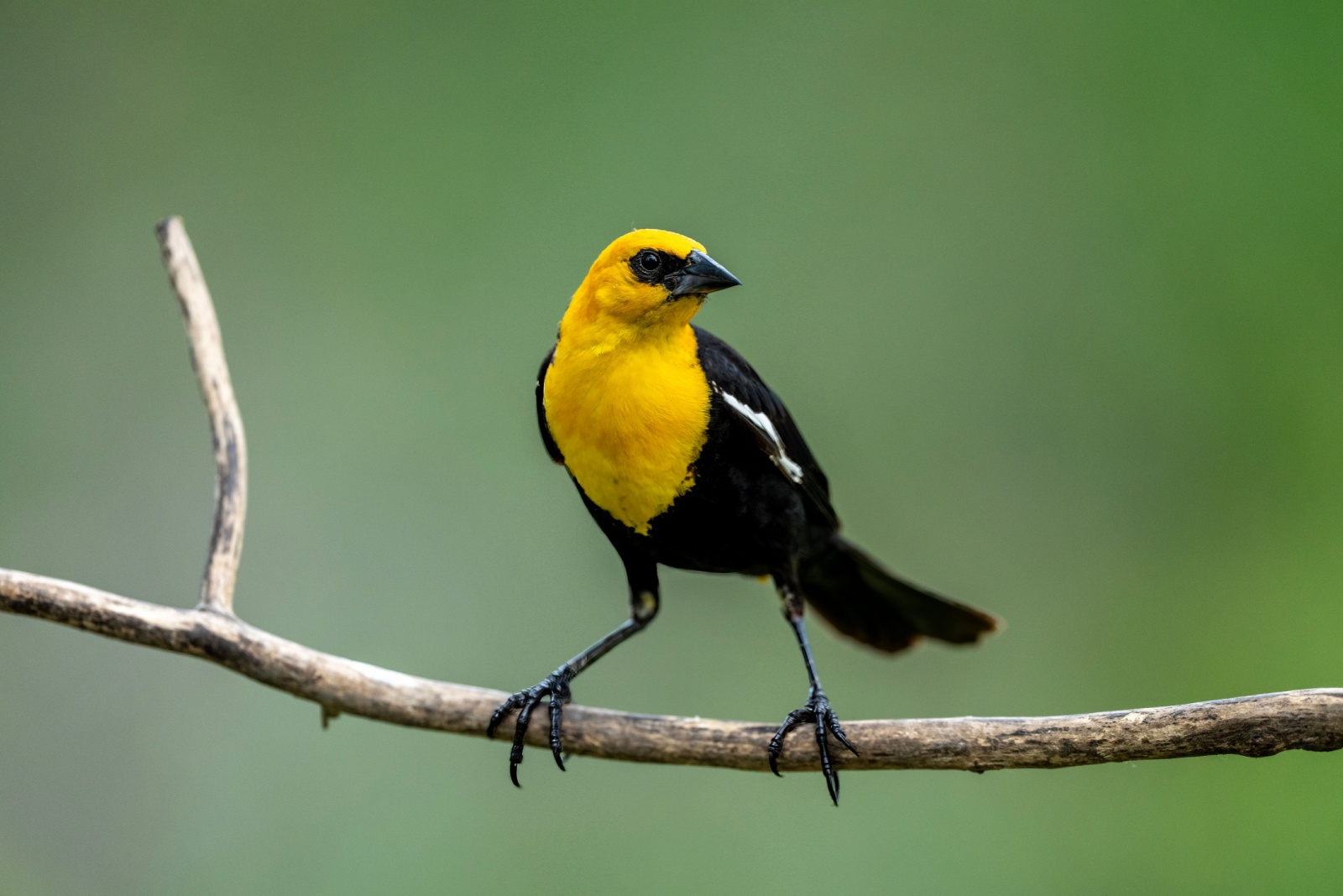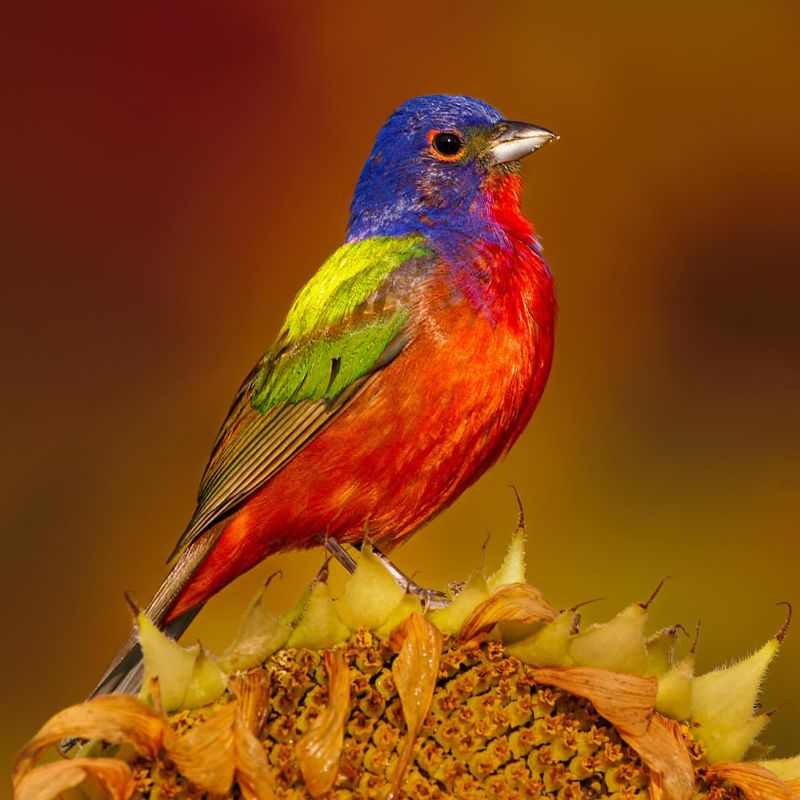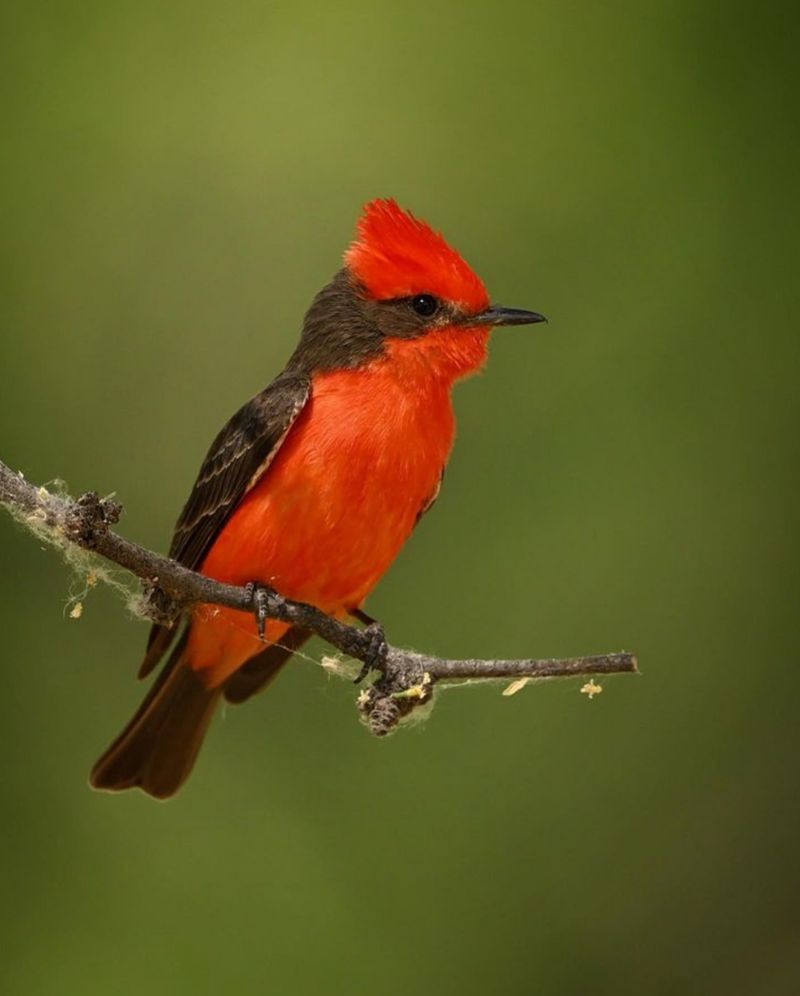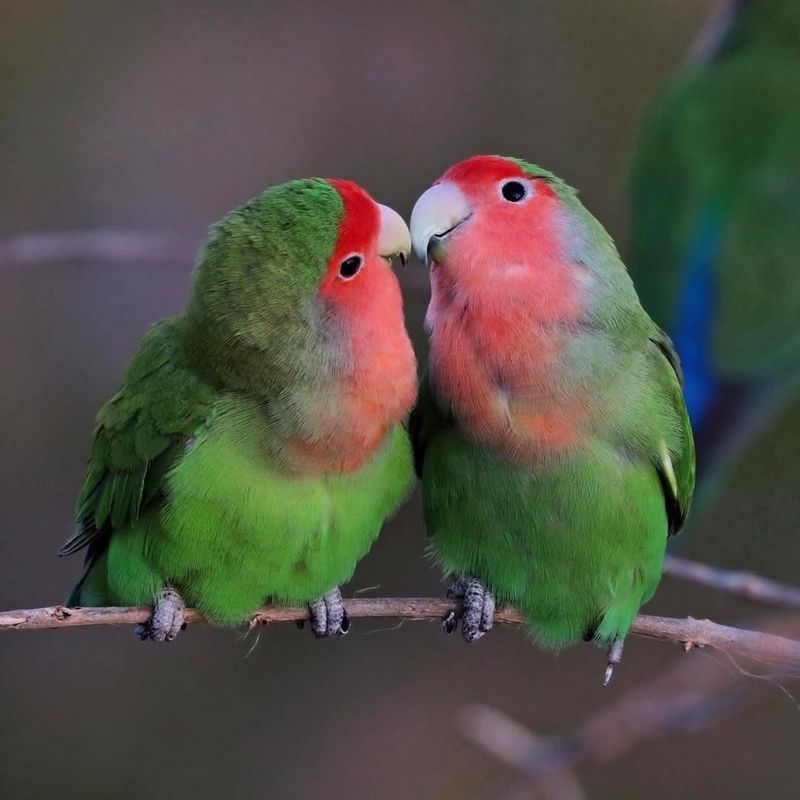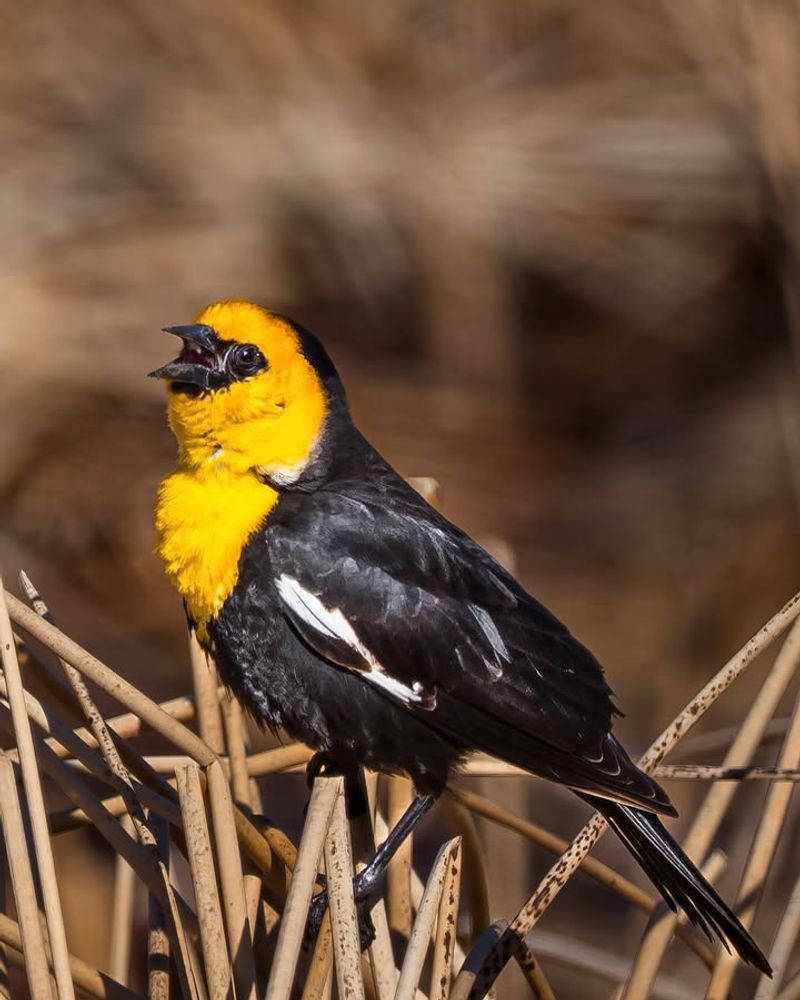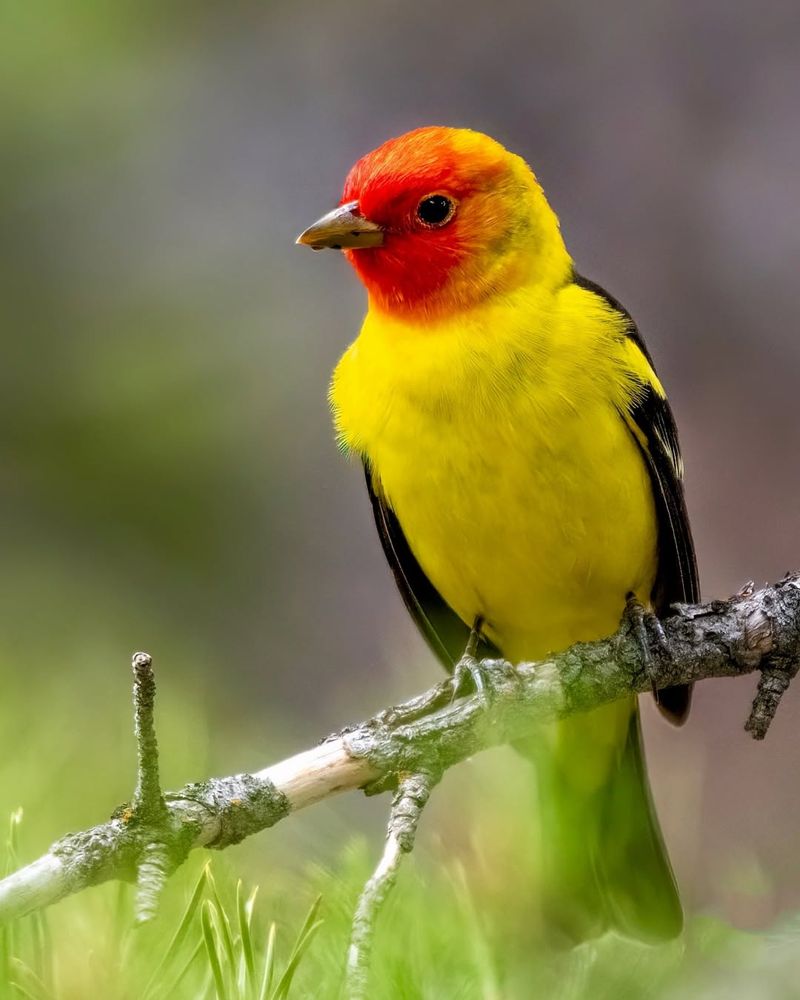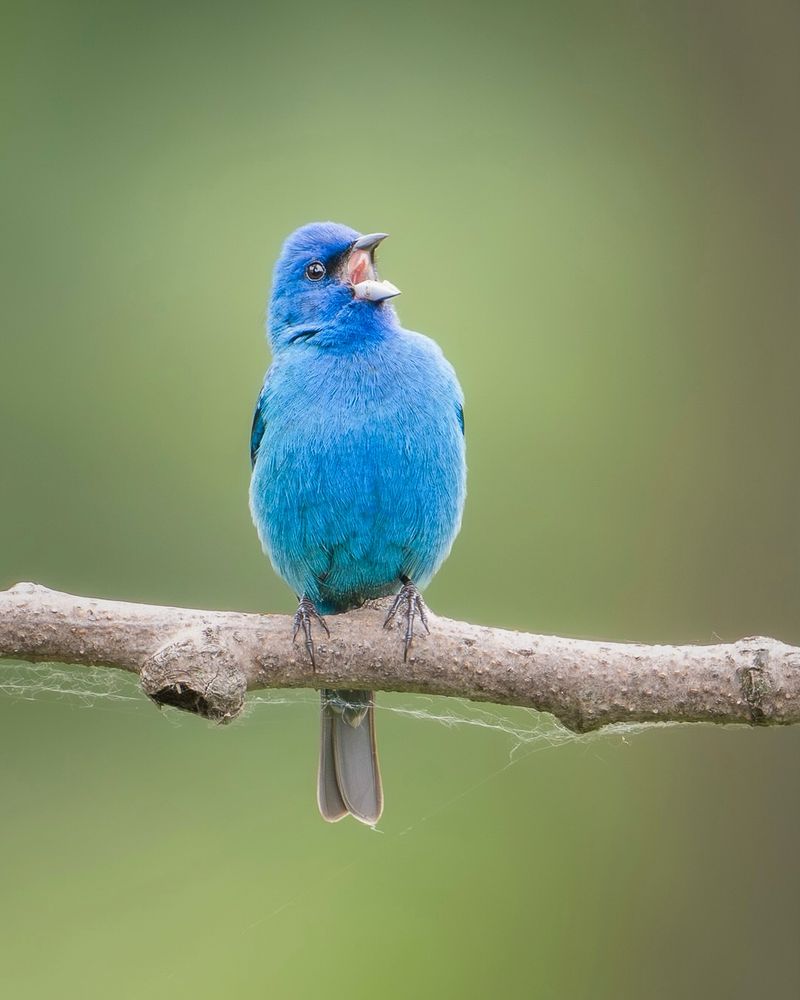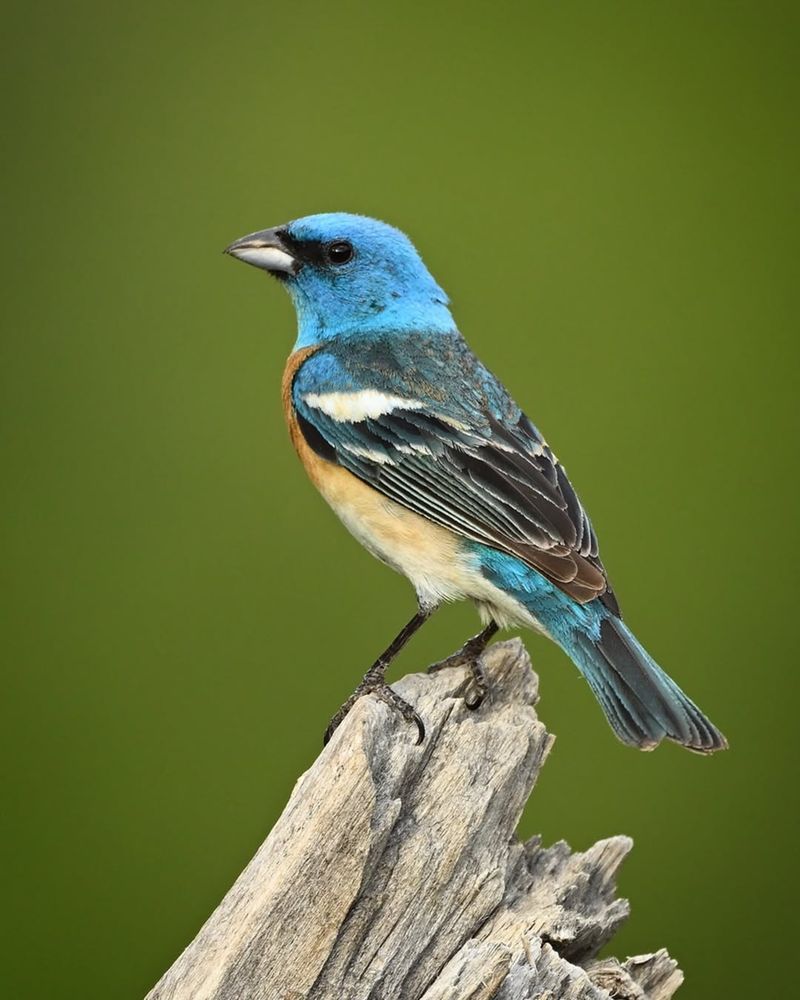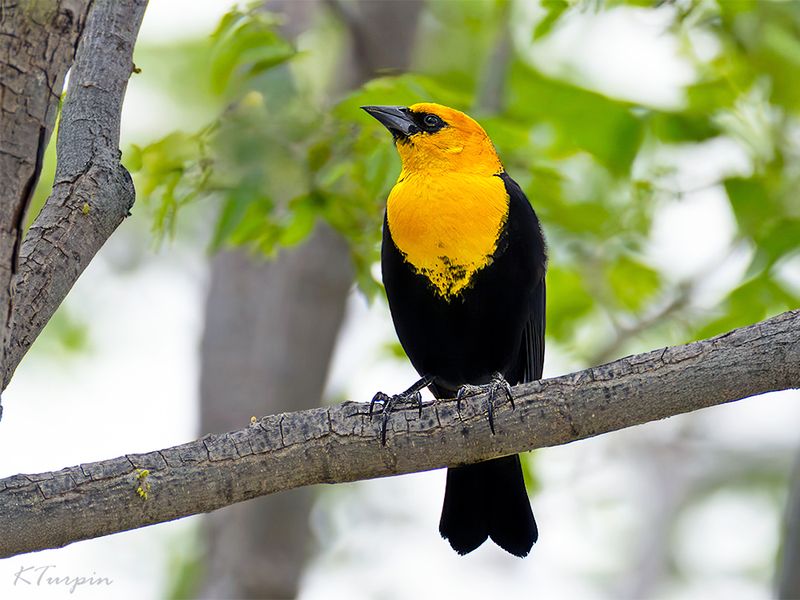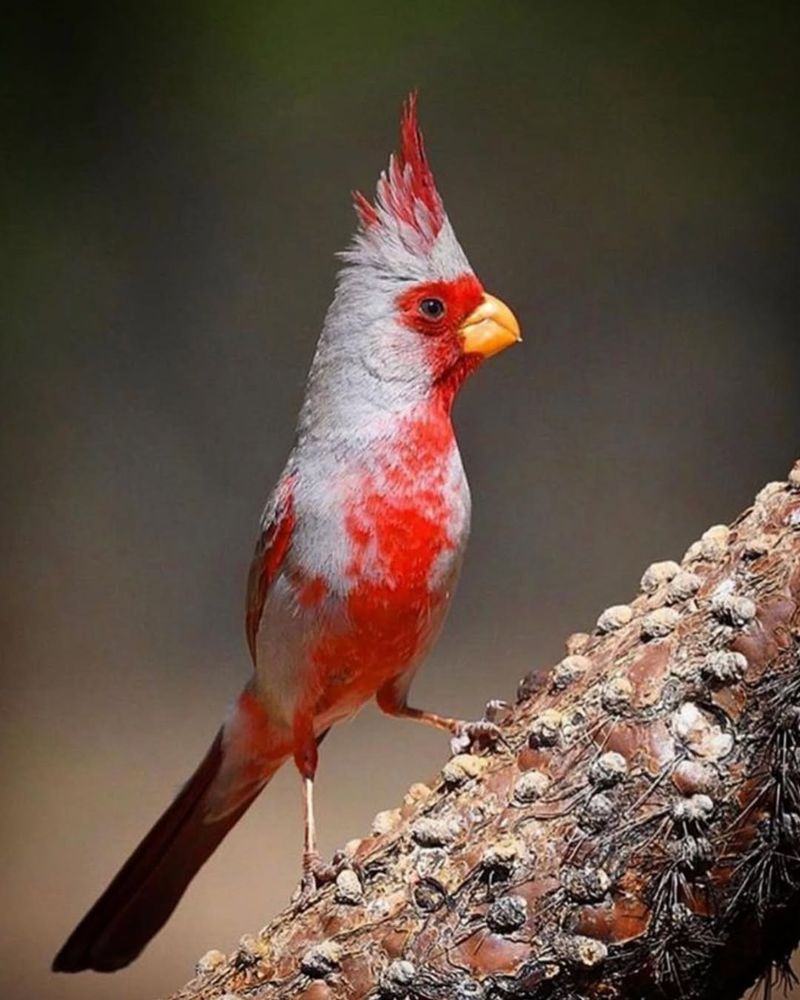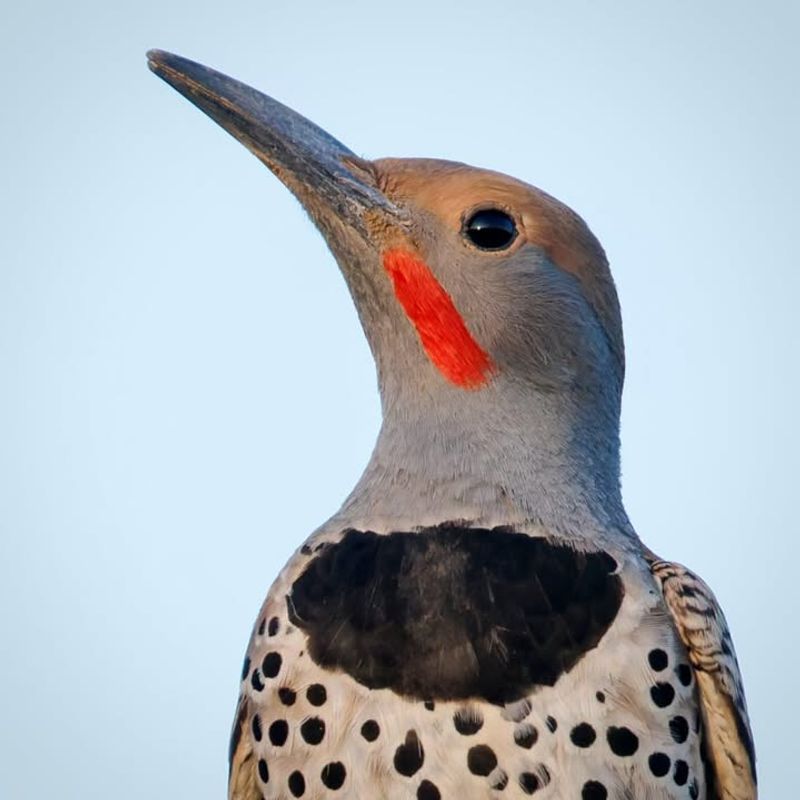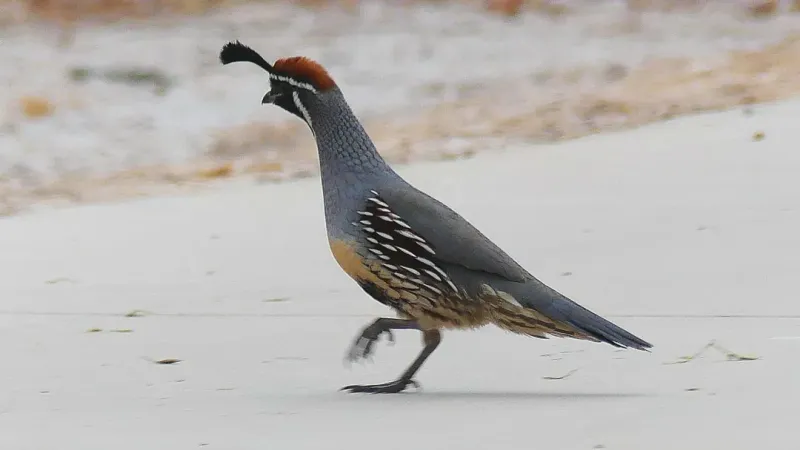Arizona’s diverse landscapes create perfect habitats for some of North America’s most colorful feathered visitors. From desert washes to suburban gardens, these winged wonders bring unexpected splashes of color to everyday life.
Whether you’re a dedicated bird watcher or simply enjoy morning coffee on your patio, keep your eyes peeled for these stunning birds that might just be visiting your Arizona backyard right now.
1. Painted Bunting Around Desert Shrubs
Male Painted Buntings look like they flew straight out of a child’s crayon box with their neon blue heads, bright red bellies, and green backs. These shy birds love hiding in thick desert shrubs between feeding sessions.
I spotted my first Painted Bunting while watering my creosote bushes last spring. The flash of rainbow colors nearly made me drop my hose!
They particularly favor yards with native Arizona plants and scattered seeds. Plant desert hackberry or wolfberry shrubs to increase your chances of hosting these living jewels during their migration seasons.
2. Vermilion Flycatcher Near Herb Gardens
Nothing stops me in my gardening tracks faster than the flame-red flash of a male Vermilion Flycatcher. These small birds feature striking scarlet bodies with contrasting black masks and wings that stand out dramatically against Arizona’s blue skies.
My herb garden attracts plenty of insects, which in turn lures these beautiful birds to perform their spectacular hunting displays. They hover briefly before darting out to catch flying bugs mid-air.
Female Vermilions wear softer peach-colored bellies but are equally charming visitors. Plant lavender, rosemary and other flowering herbs to create an insect buffet that will keep these fiery hunters returning to your yard.
3. Rosy-Faced Lovebird Visiting Feeders
Few birds surprise Arizona newcomers more than these escaped pets that have established wild colonies throughout Phoenix. Their peach-colored faces and bright green bodies make them impossible to miss as they chatter loudly at backyard feeders.
Last summer, a small flock discovered my sunflower seed feeder and turned afternoon bird watching into a comedy show. These social birds squabble and play with all the drama of a reality TV series.
Originally from Africa, these adaptable parrots have found Arizona’s climate surprisingly similar to their homeland. Offer black oil sunflower seeds and a shallow water dish to attract these colorful characters to your yard year-round.
4. Yellow-Headed Blackbird By Water Features
Imagine a crow-sized blackbird with a golden-yellow head and white wing patches that seems almost too bold to be real. Males sing with strange, rusty-gate calls that sound nothing like typical bird songs.
My backyard pond became an instant hit with a passing flock during spring migration last year. The contrast between their bright heads and glossy black bodies created stunning reflections on the water surface.
These birds adore cattails and wetland plants, so consider adding water-loving vegetation around your fountain or pond. Even a simple birdbath might attract these striking visitors as they travel between Arizona’s scattered wetlands.
5. Western Tanager Among Fruit Trees
Western Tanagers bring a tropical look to Arizona backyards with their lemon-yellow bodies, flaming-orange faces, and coal-black wings. These medium-sized songbirds often appear suddenly during migration, creating a “where did THAT come from?” moment.
After planting my dwarf apple trees three years ago, these gorgeous birds became regular spring visitors. They hunt insects among the blossoms and occasionally sample ripe fruit.
Plant native fruit trees like elderberry or hackberry to provide natural food sources. The Western Tanagers in my yard seem especially attracted to areas where I’ve placed hummingbird feeders, perhaps enjoying the insects that gather around the sweet liquid.
6. Indigo Bunting Along Fencelines
Electric-blue isn’t a color you expect to see on a wild bird, yet male Indigo Buntings appear almost neon against Arizona’s earth-toned landscape. These sparrow-sized birds shine like sapphires when sunlight hits their feathers.
The fence line between my yard and my neighbor’s became a favorite perch for a singing male last spring. He would belt out his double-noted song for hours, occasionally dropping down to forage in my wildflower patch.
Female buntings wear subtle brown plumage that helps them hide while nesting. Create edges in your landscape with native grasses and wildflowers to attract these jewel-toned visitors during their seasonal migrations through Arizona.
7. Lazuli Bunting At Seed Mixes
Sporting a turquoise head, cinnamon-colored chest band, and white belly, male Lazuli Buntings look like they’re dressed for a fancy bird prom. These stunning songbirds visit Arizona during migration, bringing unexpected color to seed feeders.
For years I wondered why I never saw these beauties until I switched to a finch-friendly seed mix with smaller seeds. Within days, a male appeared and became a regular at my feeder station.
Offer white proso millet, nyjer seed, and small sunflower chips to attract these picky eaters. Adding native sunflowers to your garden creates natural feeding stations that Lazuli Buntings find irresistible during their spring and fall travels through Arizona.
8. Summer Tanager Hunting Near Tomato Plants
Entirely rose-red males and mustard-yellow females make Summer Tanagers among the most distinctive birds in Arizona gardens. Unlike many colorful species, these robin-sized birds often allow close observation as they hunt for bees and wasps.
My vegetable garden became a Summer Tanager hotspot last July when a female discovered the wasps visiting my flowering tomato plants. She would perch nearby, dart out to catch insects, then return to the same spot repeatedly.
These beneficial birds help control garden pests naturally. Plant pollinator-friendly flowers near vegetables to create an insect-rich environment that attracts these beautiful hunters to your Arizona yard throughout the warmer months.
9. Pyrrhuloxia Around Cactus Beds
Often called the “desert cardinal,” Pyrrhuloxias feature elegant gray plumage accented with crimson highlights and a distinctive curved yellow bill. Their peaked crest and refined appearance bring subtle elegance to Arizona yards.
The prickly pear cactus bed along my property line became a favorite hangout for a family group that visited throughout winter. They expertly navigated between the spines to reach the cactus fruits.
Native to the Sonoran Desert, these birds appreciate yards with desert landscaping elements. Plant cholla, prickly pear, and other native cacti to provide natural food sources and shelter for these beautiful year-round Arizona residents.
10. Gilded Flicker On Tall Saguaros
With golden underwings that flash during flight and a distinctive red mustache (on males), Gilded Flickers bring desert drama to Arizona backyards. These large woodpeckers create distinctive drumming sounds that echo through neighborhoods.
The lone saguaro cactus I preserved when landscaping has paid dividends in flicker visits. Last winter, I watched in amazement as a pair excavated a nest cavity, sending cactus pulp flying in all directions.
Unlike many woodpeckers, these birds frequently feed on the ground. Creating open areas with scattered native plants mimics their natural habitat and encourages these golden-winged beauties to include your yard in their territory.
11. Gambel’s Quail Families Passing Through Gardens
The male’s forward-curving black plume and copper-topped head make Gambel’s Quail instantly recognizable as they scurry through Arizona yards. These chicken-like birds move in family groups, often with adorable cotton-ball chicks following in a line.
My xeriscaped front yard became a quail highway after I added several low, dense shrubs for cover. Each morning, I watch families emerge from neighboring yards, the parents keeping watchful eyes for predators.
These ground-dwellers appreciate low water bowls placed near protective cover. Plant desert hackberry, wolfberry, or creosote bushes to provide both shelter and natural food sources for these charismatic birds that bring desert charm to suburban Arizona landscapes.

